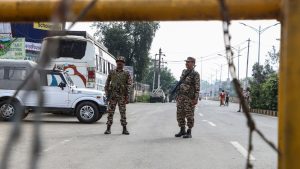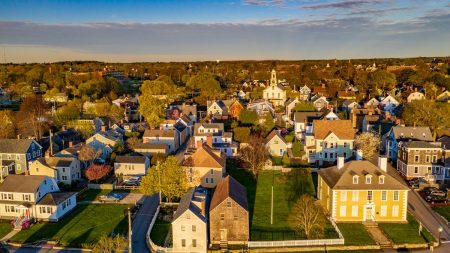The interplay between presidential aspirations and the Federal Reserve’s monetary policy decisions has historically been a complex and often contentious one. President Trump’s expressed desire for immediate interest rate cuts exemplifies this dynamic. While presidents often campaign on promises of economic prosperity, including lower borrowing costs, the reality is that they have limited direct influence over interest rates. The Federal Reserve, designed as an independent entity, holds the authority to set the federal funds rate, the benchmark interest rate that influences borrowing costs across the economy. This independence is crucial for maintaining price stability and managing unemployment, shielding monetary policy from short-term political pressures.
The Federal Reserve’s mandate is to promote maximum employment and stable prices. Its decisions regarding interest rates are driven by economic data, primarily inflation and employment figures. When inflation rises above the Fed’s target, typically around 2%, the central bank may raise interest rates to cool down the economy and curb spending. Conversely, when the economy slows down or unemployment rises, the Fed may lower interest rates to stimulate economic activity and encourage borrowing and investment. The Fed’s actions during the COVID-19 pandemic illustrate this principle. Faced with a cratering economy, the Fed slashed interest rates to near zero to encourage spending and investment. As the economy rebounded and inflation surged, the Fed reversed course, raising rates to combat inflationary pressures.
The relationship between the President and the Federal Reserve is further complicated by the President’s limited power over the Fed’s leadership. While the President can appoint the Fed Chair and other board members, these appointments are subject to Senate confirmation and are staggered to prevent any single president from completely reshaping the Fed’s composition. Moreover, removing a Fed Chair before their term expires requires specific grounds, such as misconduct or malfeasance, and cannot be based solely on policy disagreements. This structure aims to protect the Fed’s independence and prevent it from becoming a tool for political maneuvering. Despite these limitations, presidents often exert informal influence through public pronouncements and pressure tactics. They may use the “bully pulpit” to criticize the Fed’s actions and advocate for specific policies, creating public pressure on the central bank.
President Trump’s calls for immediate interest rate cuts, while understandable from a political perspective, are unlikely to sway the Fed’s decision-making process. The Fed’s current stance is dictated by the prevailing economic conditions, including rising inflation and a strong labor market. These factors suggest that further interest rate cuts are unlikely in the near term. Most economists predict that the Fed will maintain its current course until there are clear signs of slowing inflation or weakening employment. Furthermore, some of President Trump’s proposed policies, such as tariffs on foreign imports, could exacerbate inflationary pressures, potentially leading the Fed to raise rates rather than lower them.
The President’s influence on interest rates is primarily indirect and stems from the broader economic impact of their policies. Policies that stimulate economic growth and investment can indirectly lead to lower interest rates in the long run by strengthening the overall economy. Conversely, policies that fuel inflation or create economic uncertainty can pressure the Fed to raise rates to maintain price stability. President Trump’s policies, characterized by both pro-growth measures and protectionist tendencies, create a complex economic landscape that makes predicting the Fed’s future actions challenging. The uncertainty surrounding his policies can also create volatility in financial markets, further complicating the Fed’s task of managing the economy.
Ultimately, the Federal Reserve’s decisions regarding interest rates are guided by data-driven analysis and its mandate to maintain price stability and full employment. While the President can express their views and exert some informal pressure, the Fed’s independence safeguards it from direct political interference. This independence is crucial for ensuring that monetary policy decisions are based on sound economic principles rather than short-term political considerations. The complex interplay between the President, the Fed, and the broader economic landscape underscores the importance of a well-functioning and independent central bank in maintaining a stable and prosperous economy.










